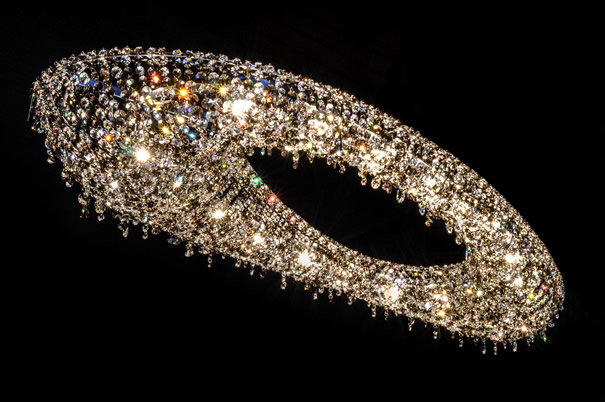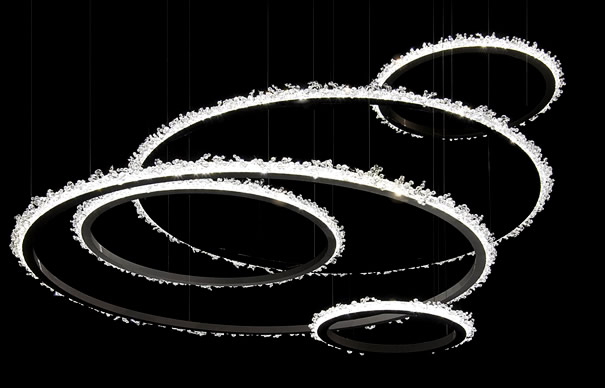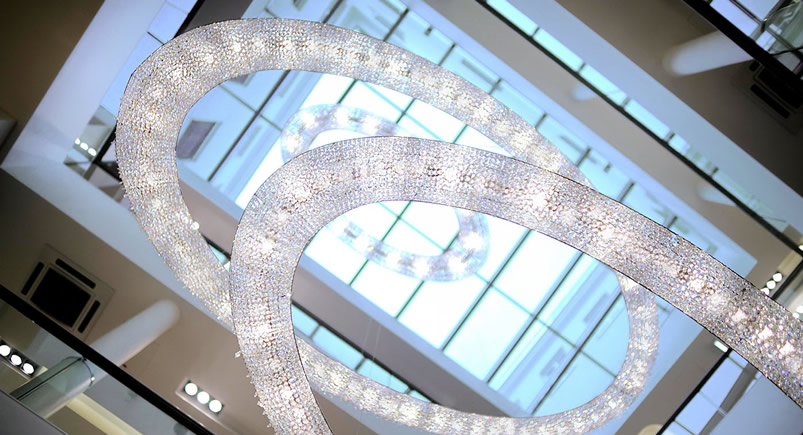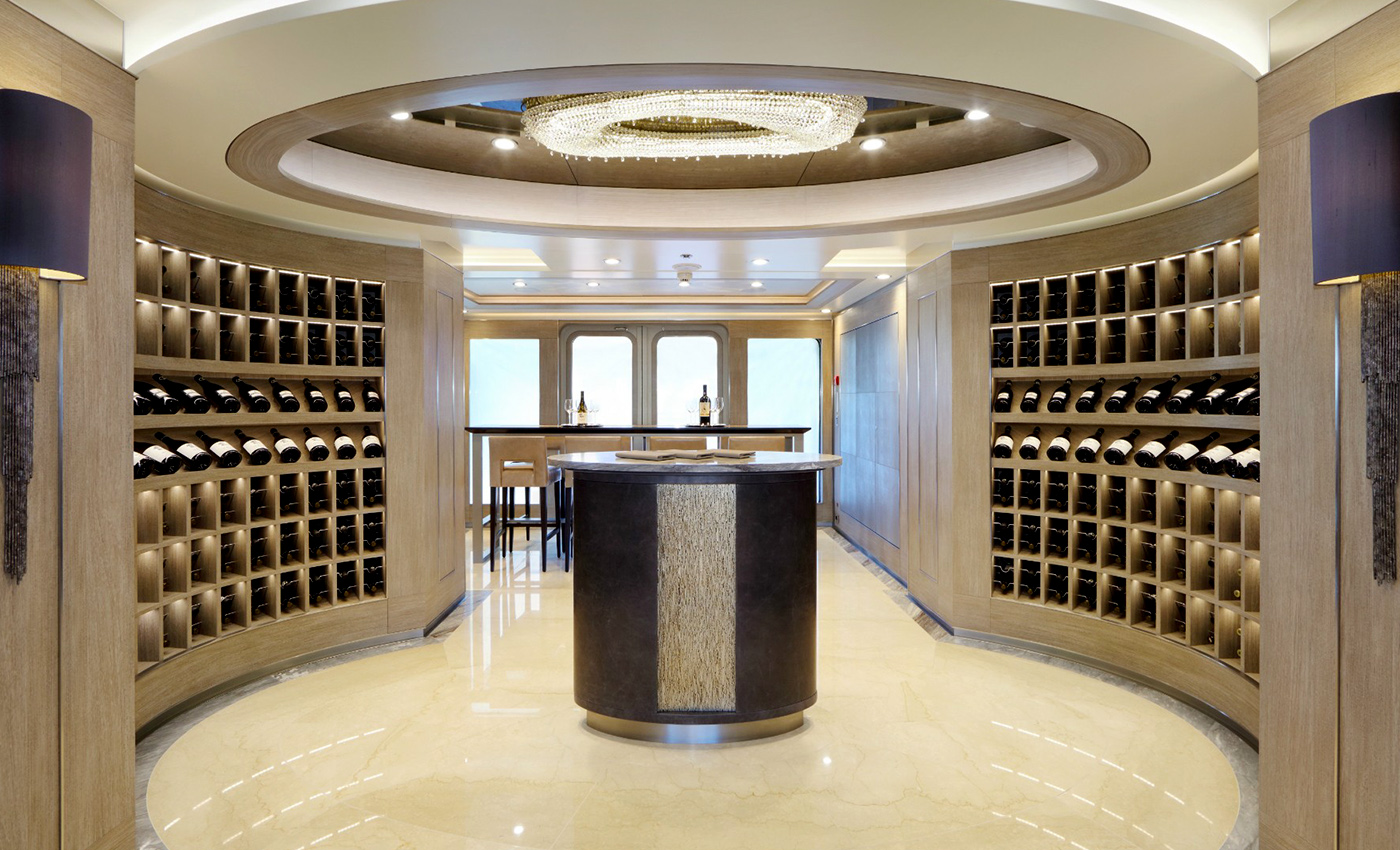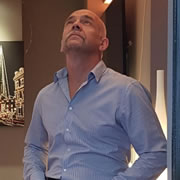LUXURY CRYSTAL CHANDELIERS
Manooi crystal chandeliers are designed by a team of dedicated artists. They are manufactured by highly skilled craftsmen, who create for you an extraordinary and timeless piece of art. Your functional artwork is inspired by how natural light creates a special magic aura through crystal.



